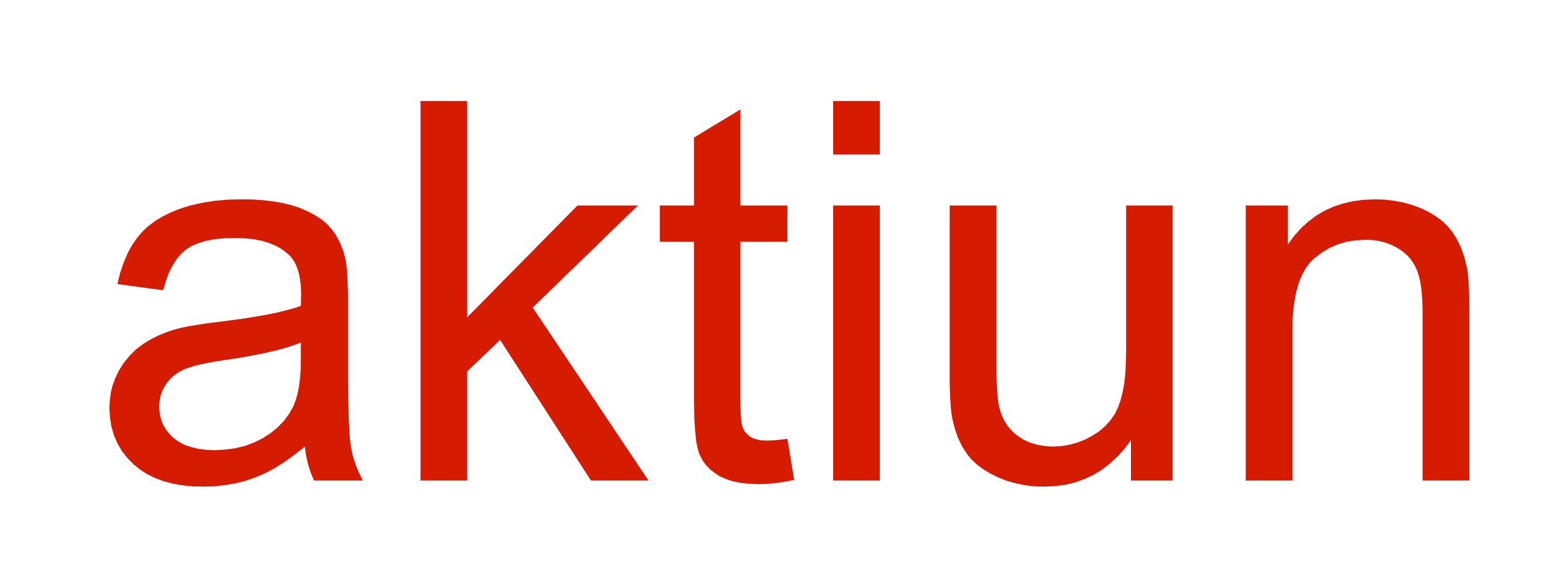Geospatial Data Visualization Challenges for Telcos
- Aktiun Engineering

- Sep 10, 2017
- 3 min read

This article describes geospatial, big data and real time data visualization challenges that telecommunication companies face and provides our experience to solve these needs in a comprehensive way.
The Problem
Having Geospatial representation of information is a fundamental component for TELCOs when it comes to data analytics. However, most data visualization solutions concentrate mainly on the display of content in the traditional two-dimensional form (bar charts, lines, etc.)
At present, few Big Data Analytics products provide powerful tools for representing TELCO data in geospatial systems and almost none of them apply concepts like directional and omnidirectional antennas, cells, sectors, layers, etc. with their correct representation in a geospatial system in order to provide useful information for decision-making.
A common scenario for TELCOs is to have thousands of sites with antennas to cover a specific geographical region, all generating operational metrics for voice, sms, and other data communications. An Antenna includes Sectors, each Sector divided into different Technologies such as 2G, 3G, 4G and each Technology having multiple Layers. A cell within a sector is defined by its technology, layer, and in case of being directional its direction (called azimuth).
TELCOS looking to better manage their network need to visually understand aggregate performance of these sites and cells for different time intervals of a day and across multiple days.
Limitations of current technologies
Legacy software systems of most telecommunication companies are good for displaying operational data (e.g. signal strength, available bandwidth, etc.). However, significant latency exists when transferring data collected from antennas in batch to regional and central data centers. This imposes a considerable delay on the availability of the information.
Also, understanding changing network usage patterns can be slow due to the larger amounts of historical data that needs to be collected and analyzed.
On the data visualization side, legacy geospatial visualization tools do not pass through firewalls and they are not available to mobile devices such as phones or tablets.
These limitations impose strong constraints on data analysis teams, who must be connected to these data sources from within the enterprise firewall and often perform analytical operations by downloading large chunks of data to their local computers and process it in huge spreadsheets, which is a slow process that requires the constant work of an expert and it is error prone.
Solution
The general idea is to allow data discovery across traditional relational databases, NoSQL, search, and at the same time, to be able to process high throughput geo-distributed events in near real time using big data streaming technologies.
Combine this with HTML5-based web technologies which are perfect for running on every device (provided they include a modern web browser) and for passing seamlessly through enterprise firewalls.
This provides users with a single pane of glass if you will, for bridging new and historical data and it is a solid base to implement visualizations that fit the new TELCO requirements.
As an example, Aktiun has developed powerful visualizations on top of Zoomdata to bring these useful tools to TELCOs. This system looks familiar to their legacy systems (users are capable to see sites, cells, layers, etc.) and in addition, it performs analytics over new and historical data in a faster and more modern way.
Capabilities
In addition to providing fast processing, transport, and visualization of large amounts of data, this solution can provide TELCOs geospatial visualizations with the features below. Please note that the location of sites in the following pictures was modified from the original data.
Multiple layers for the visualization of metrics such as dropped calls and bandwidth issues
The ability to select from multiple map base layer providers (Google Maps, Open Street Maps, MapBox, etc.)
The use of map rendering technologies compatible with mobile devices and touch screens such as Leaflet
The ability to select from several complex markers which have meaning and represent KPIs using color scales and text fields
The ability for users to utilize range filters with color scales and to display pop-up information about marker-related metrics and attributes by positioning the cursor over them
The ability to have customizable regions which can display aggregate values
The ability to have clusters to display markers that are very close to each other
Multiple selection of geospatial elements thru the use of bounding boxes to filter other visualizations in the dashboard
Different views depending on the zoom level
The ability to visualize maps with 3D elements that allow information visualization in a much richer way than in the 2D variant. These visualizations use WebGL technologies which provide greater performance and more immersive experiences.

Conclusion
In summary, big data and data streaming technologies, together with HTML5-based web technologies can be assembled together to provide state of the art geo spatial solutions that provide TELCOs with timely operational insights of their network on any device across the enterprise.


Comments